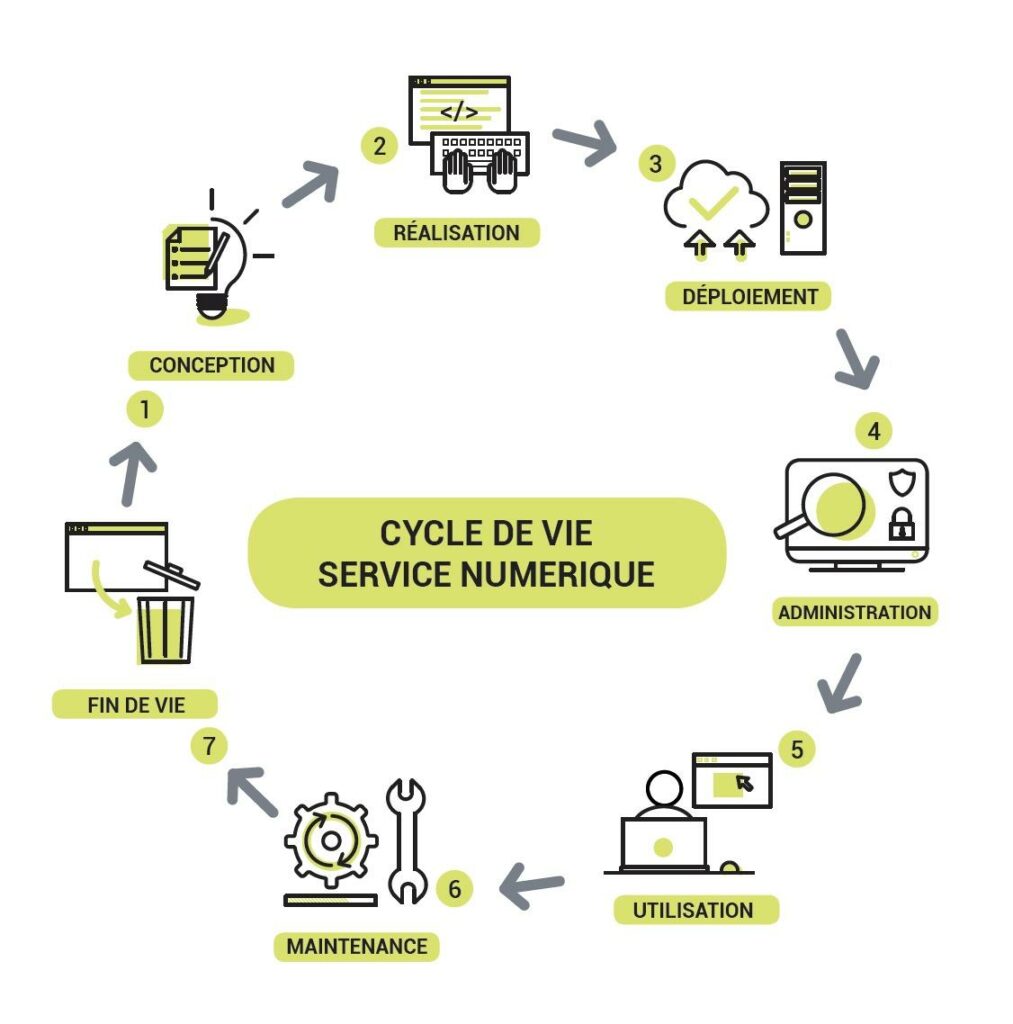Since October 13, Microsoft has stopped providing technical support, as well as software and security updates for Office 2010. Although the applications continue to function, it is now impossible to maintain them. For companies, this end of support means a greater exposure to security vulnerabilities. However, there are several alternatives available to them.
It's official. Announced in October 2019, Microsoft has ended support for Office 2010, prompting users to migrate to its Microsoft 365 Apps offering. However, the cloud version of the office suite isn't the only option.
End of Office 2010 support: what consequences for companies?
More than eight out of ten businesses use Office[1], making Microsoft's office suite the most important on the market. However, many of them continue to use an obsolete version beyond the end of support... at their own risk.
Indeed, although they are no longer available for sale, the Office suites still remain operational, even on Windows 10. Licensed companies can therefore continue to install the office suite on their new computers, and users can modify their existing content or create new ones. But beware, as it is now impossible to install bug fixes or security patches. Remote technical support and online help content are also unavailable.
As a result, internal technical teams no longer have the resources to support them in maintaining the solution. Another critical point: users are more exposed to online threats. This is a significant risk, as 92% of French companies have already suffered a cyber attack[2], and this is even before the number of hackers explodes in 2020 due to the massive teleworking related to the health crisis. An increase observed in two thirds of European countries and reported by Interpol in a report published last August.
Upgrade your Office version
That's why companies should install a software version that is still supported by the publisher in order to benefit from the latest patches and an optimal level of security. To this end, several options are available to them. One of them is to use a more recent version of Microsoft's collaborative tools:
- Office 2013 whose "end of life" is scheduled for April 11, 2023. This gives companies more than two years to complete their digital transformation and move to the cloud, or anticipate the implementation of new software.
- As for Office 2016, it will be maintained by Microsoft until October 14, 2025, i.e. in a little less than 5 years. A significant "lifespan" that can also give companies time to adapt and evolve.
- Office 2019: also available as a perpetual license, this version nevertheless only works on Windows 10.
Another option favored by Microsoft is its 365 Apps for Enterprise cloud subscription offer (formerly Office 365 ProPlus). All the collaborative features combined with the performance and flexibility of the cloud. But this solution implies a high level of digital maturity and much higher costs.
Buying used licenses, a more economical alternative
Software accounts for a considerable share of IT budgets. Gartner estimated that global software spending in 2019 will be $457 billion (about €390 billion), representing an annual increase of +9 %[3]. However, the current health crisis is pushing companies to review their spending downwards. In this sense, the purchase of second-hand licenses, authorized since 2012 in France, allows savings of up to 80 % compared to the price of a traditional license.
How does it work? One quarter of software in the enterprise is underutilized[4]. 93 % of organizations admit to wasting money[5]. By selling or buying legally and securely these unused software on a marketplace, companies can benefit from an official license and a fully functional office suite at a lower cost. This is an economical and professional option to the end of Office 2010 support.
Find your alternative on the secondary market www.softcorner.eu
[1] According to a survey published by Spiceworks, November 2017 - https://www.spiceworks.com/press/releases/spiceworks-study-examines-state-productivity-suites-workplace/
[2] Cybersecurity Barometer, CESIN, 2018 - https://www.cesin.fr/article-le-barometre-de-la-cybersecurite.html
[3] Cybercrime: impact of COVID-19INYTERPOL, August 2020 - https://www.interpol.int/fr/content/download/15526/file/COVID-19%20Cybercrime%20Analysis%20Report-Design_02_FR.pdf
[4] Gartner Study, July 2019 - https://www.gartner.com/en/newsroom/press-releases/2019-10-07-gartner-says-global-it-spending-to-grow-06-in-2019
[5] Interview with Habibou M'Baye, co-founder of SoftCorner, Le Parisien, January 2017 - https://www.leparisien.fr/economie/business/et-si-vous-achetiez-des-logiciels-d-occasion-23-01-2017-6605568.php
[6] According to a report by Flexera Software, November 2016 - https://www.decideo.fr/Le-cout-invisible-des-logiciels-d-entreprise_a8906.html







